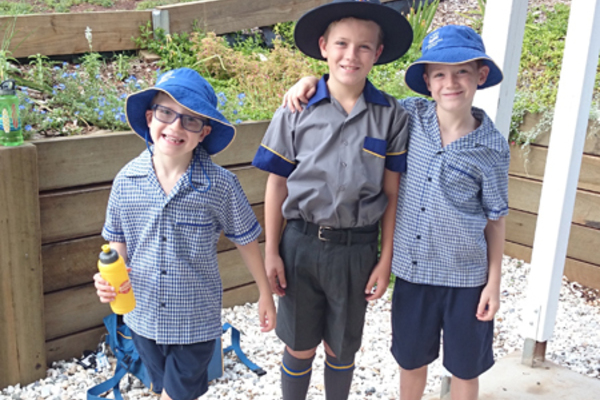Once your child has been diagnosed, take time to explain the condition to them and that they may have to visit doctors and hospitals more. One parent has suggested, depending on the age of the child, to first focus on the tangible and easy to explain features, such as the need for glasses or having pictures of your heart and taking medicine.
Marfan Syndrome Management for Children
To receive the right treatment, a child with Marfan syndrome should be seen at regular intervals by a paediatrician who will provide an overview and arrange referrals to other specialists where necessary.
Eyes should be examined at ages 6 months, 3 years, just prior to school entry and every 2 years up to age 11 years.
The heart should be monitored by echocardiograms at birth and annually thereafter to determine the need for and timing of preventive heart treatment.
Height should be measured annually and skeletal problems such as excessive height, scoliosis, concave or protruding chest bone, loose joints, and flat feet should be reported to a paediatrician for treatment.
Teeth may be problematic if the child is affected by dental crowding and a high-arched palate. Orthodontic referral may be required once all adult teeth are grown.
Physical Exercise will need to be taken into consideration. As for adults, the Marfan Trust and most doctors will advise against competitive and strenuous sports and exercise for children with Marfan syndrome, as well as lifting heavy objects and sudden extreme bursts of energy. However, there are a range of exercises and sports that children and adolescents with Marfan syndrome can engage in, depending on their own particular circumstances. They should also be allowed to stop when tired. For more information, download our Exercise Guide for Marfan syndrome.
Psychosocial Issues
Marfan syndrome can affect a child’s psychosocial development. Children and young people with Marfan syndrome feel different and may look different. Restrictions are often imposed on them because of their poor eyesight, lax and painful joints and cardiac problems. Even the games other children play are frequently too dangerous for children with Marfan syndrome. Children and young people may also display some behavioural and emotional problems and low self-esteem. They may suffer bullying or teasing at school if they have strong Marfanoid characteristics. They may additionally internalise their worries, resulting in withdrawal, physical complaints, anxiety and depression.
Teachers and school staff should be made aware of your child’s condition and parents should be sensitive to these issues and ensure they have strategies to address these areas, such as learning to be comfortable with the diagnosis, identifying a young person’s areas of strength. Are they musical, academic or creative? Can these skills be encouraged and developed to help improve confidence and social interaction? Professional psychological counselling may also help improve a young person’s self-image.
For more information, including anti-bullying strategies, download the Marfan Trust Paediatric Guide to Marfan syndrome and our guide to the Psychosocial Aspects of Marfan Syndrome.









